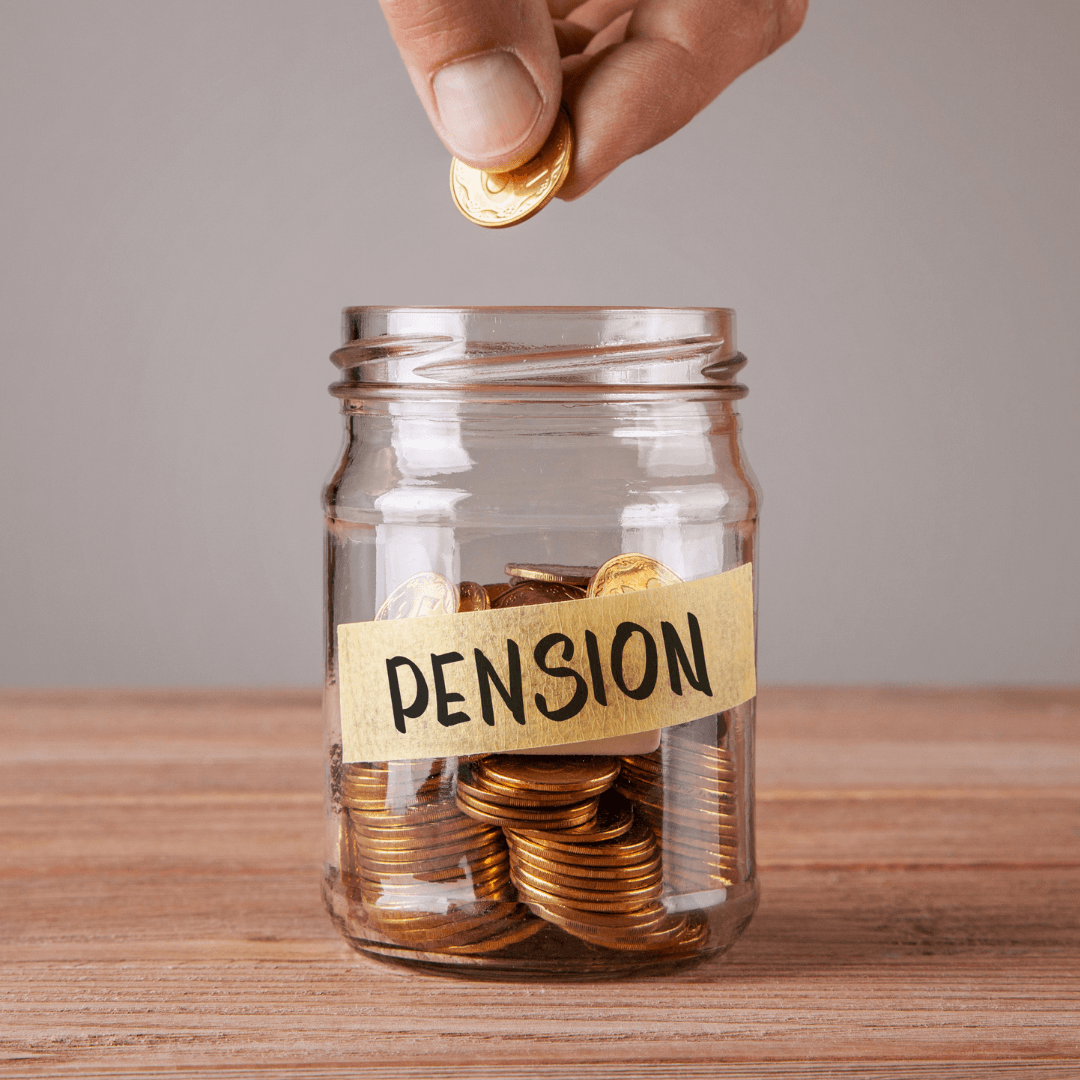To qualify for a full state pension, you need 35 qualifying years. You can earn these through paying National Insurance contributions or being awarded National Insurance credits. If you will not have sufficient qualifying years for a full state pension when you reach state pension age, you can ‘buy’ additional qualifying years through the payment of voluntary contributions.
Employed earners earn a qualifying year for each year that their earnings exceed the lower earnings limit for the year, which for 2024/25 is £6,396.
For 2023/24 and earlier tax years, self-employed earners earned a qualifying year through the payment of (or award of) Class 2 contributions where profits exceed the small profits threshold, set at £6,725 for 2023/24. For 2024/25onwards the liability to pay Class 2 contributions is abolished and the self-employed build up a qualifying year through the payment of Class 4 contributions where profits exceed the lower profits limit (set at £12,570 for 2024/25). Self-employed earners whose profits fall below the lower profits limit but which are at least equal to the small profits threshold (of £6,725 for 2024/25) receive a National Insurance credit.
National Insurance credits are paid in various circumstances, for example, to those claiming child benefit for a child under the age of 12, regardless of whether they elect to actually receive the benefit. Credits are also awarded to those on certain benefits and to carers in receipt of carer’s allowance.
Check your state pension record
Before paying voluntary National Insurance contributions, it is important to check your state pension record. You can do this by visiting the Gov.uk website at www.gov.uk/check-state-pension. You can also check your state pension record using the HMRC app.
If you do not already have the 35 qualifying years needed for a full state pension or will not do so by the time that you reach state pension age, you can check your National Insurance record by visiting the Gov.uk website at www.gov.uk/check-national-insurance-record. This will show you what years count as qualifying years and where there are gaps in your record.
Paying voluntary contributions
To qualify for a full state pension, you need 35 qualifying years when you reach state pension age, whereas if you have at least ten qualifying years, you will receive a reduced state pension.
If you have less than 35 qualifying years, paying voluntary contributions will increase the state pension that you receive as long as you have at least ten qualifying years when you reach state pension age. If making voluntary contributions will not give you the magic ten qualifying years at state pension age, paying the contributions is not worthwhile. Once you reach 35 qualifying years, there is no benefit in making further additional voluntary contributions. Remember to factor in any National Insurance credits that you will receive.
You can make voluntary contributions by paying Class 3 contributions or, where you have low profits from self-employment, by making voluntary Class 2 contributions.
Class 3 contributions
Class 3 contributions can be paid voluntarily to plug gaps in your National Insurance record. These are weekly contributions, which for 2024/25 are payable at the rate of £17.45 per week. Contributions must normally be paid within six years from the end of the tax year to which they relate. Where the contribution is paid in the current or following tax year, it is payable at the rate for the year to which it applies; however, where it is paid later than this, it is payable at the highest rate prevailing in the period from the year for which they are being paid and the year in which the contributions are actually paid.
An extended time limit applies to fill gaps in the period running from 6 April 2006 to 55 April 2016. Contributions for this period can be made until 5 April 2025. Contributions paid in 2024/25 are payable at the 2022/23 rate of £15.85 per week. The deadline for paying contributions for 2016/17 and 2017/18 has also been extended to 5 April 2015.
Voluntary Class 2
Self-employed earners with profits below the small profits threshold can pay Class 2 contributions voluntarily. This remains the case from 2024/25 following the abolition of the liability to pay Class 2 contributions. Where this option is available, it is much cheaper than paying voluntary Class 3 contributions – for 2024/25, voluntary Class 2 contributions are payable at the rate of £3.45 per week. These are paid through the Self Assessment system. As with Class 3, voluntary Class 2 contributions can normally only be paid for the previous six years; however, an extended deadline of 5 April 2025 applies to contributions for the period from 2006/07 to 2015/16, for which contributions can be made in 2024/25 at the 2022/23 rate of £3.15 per week. The deadline for paying voluntary Class 2 contributions for 2016/17 and 2017/18 has similarly been extended.
Are you looking to switch Accountant?
Growing businesses need more from their accountant; as business accountants, analysts and advisors, we help you understand and manage your numbers to drive plans and decision making. If you would like to discuss the ways Focal Business Group can help you and your business, simply call 0800 112 0880 or email hello@focalbusiness.co.uk.
Read more articles from Focal Business Group.

